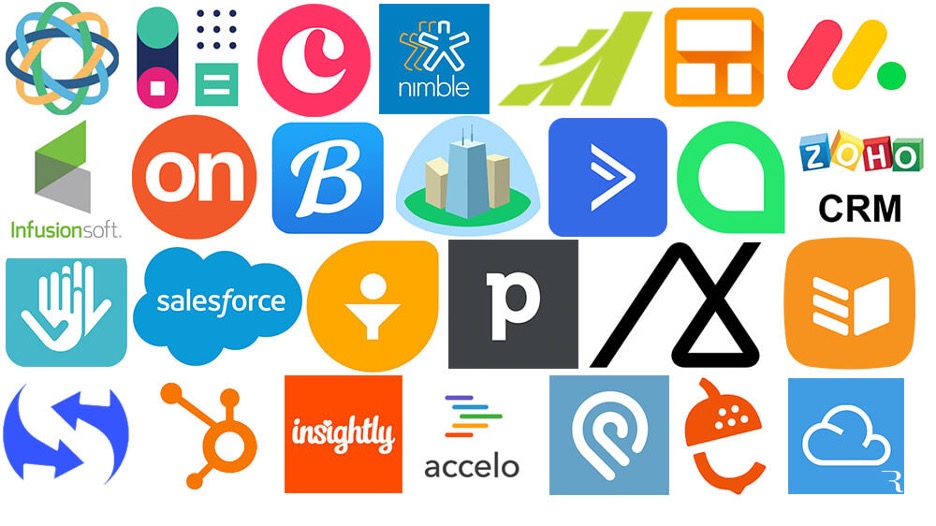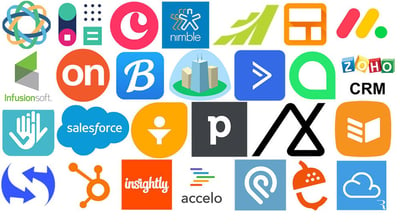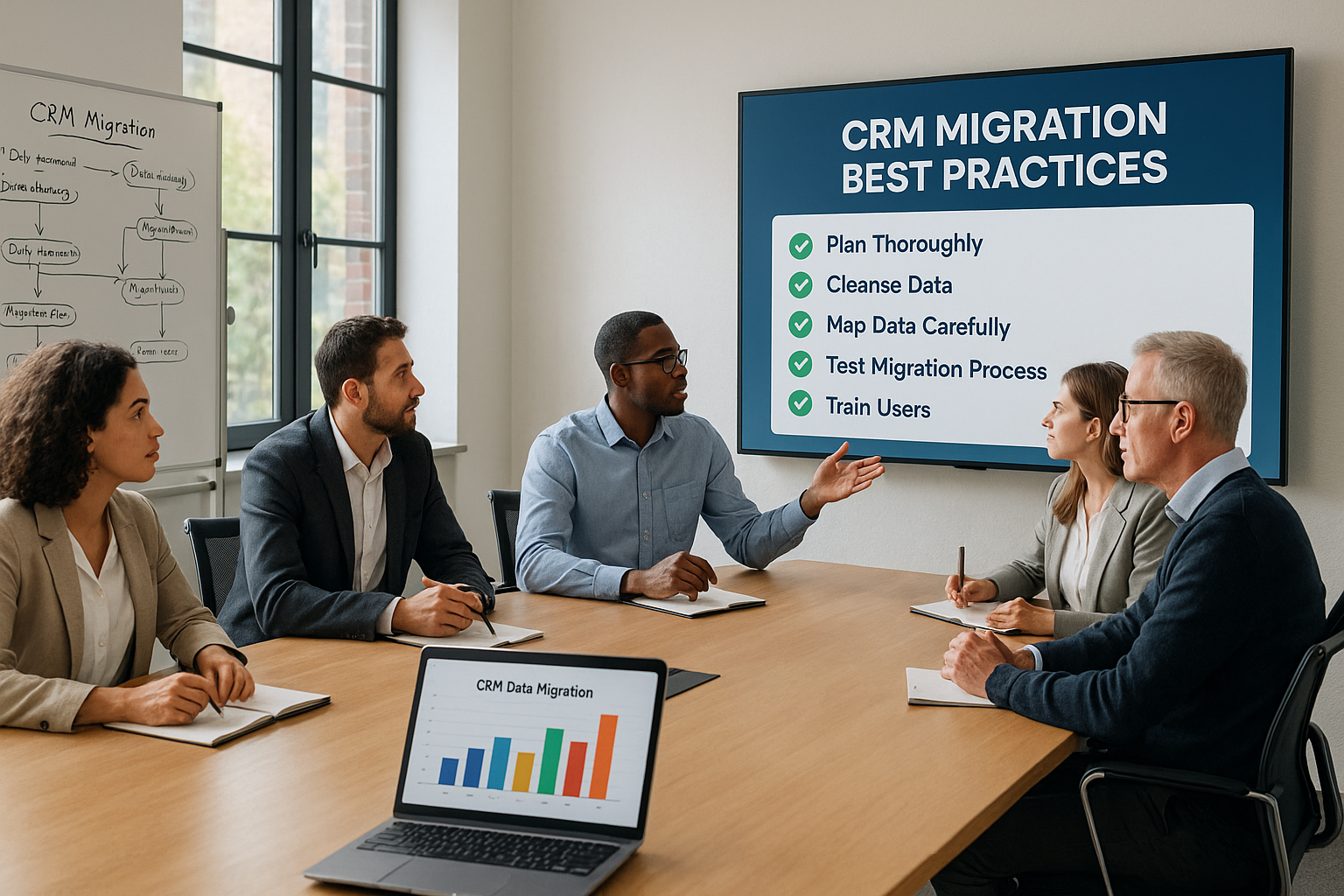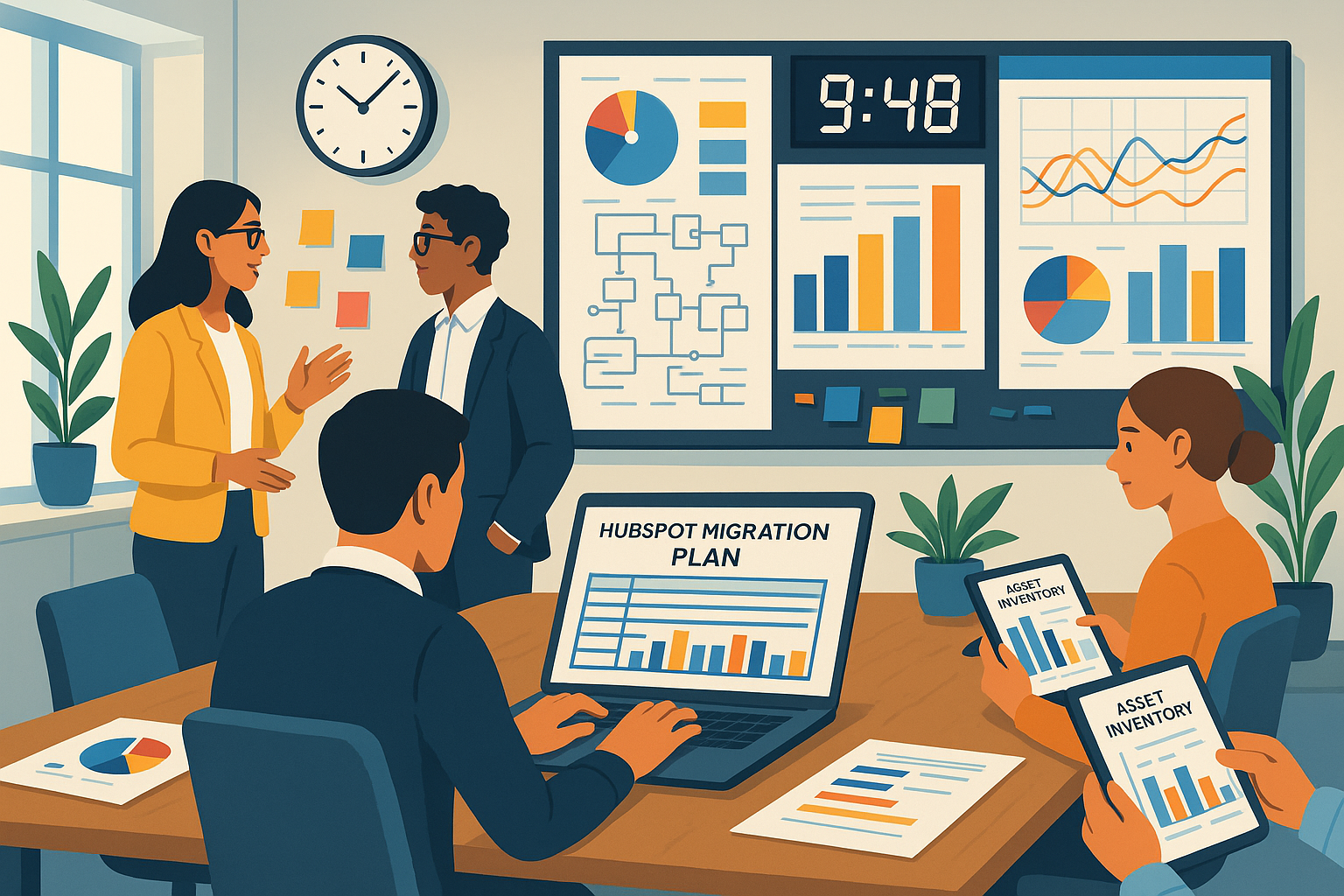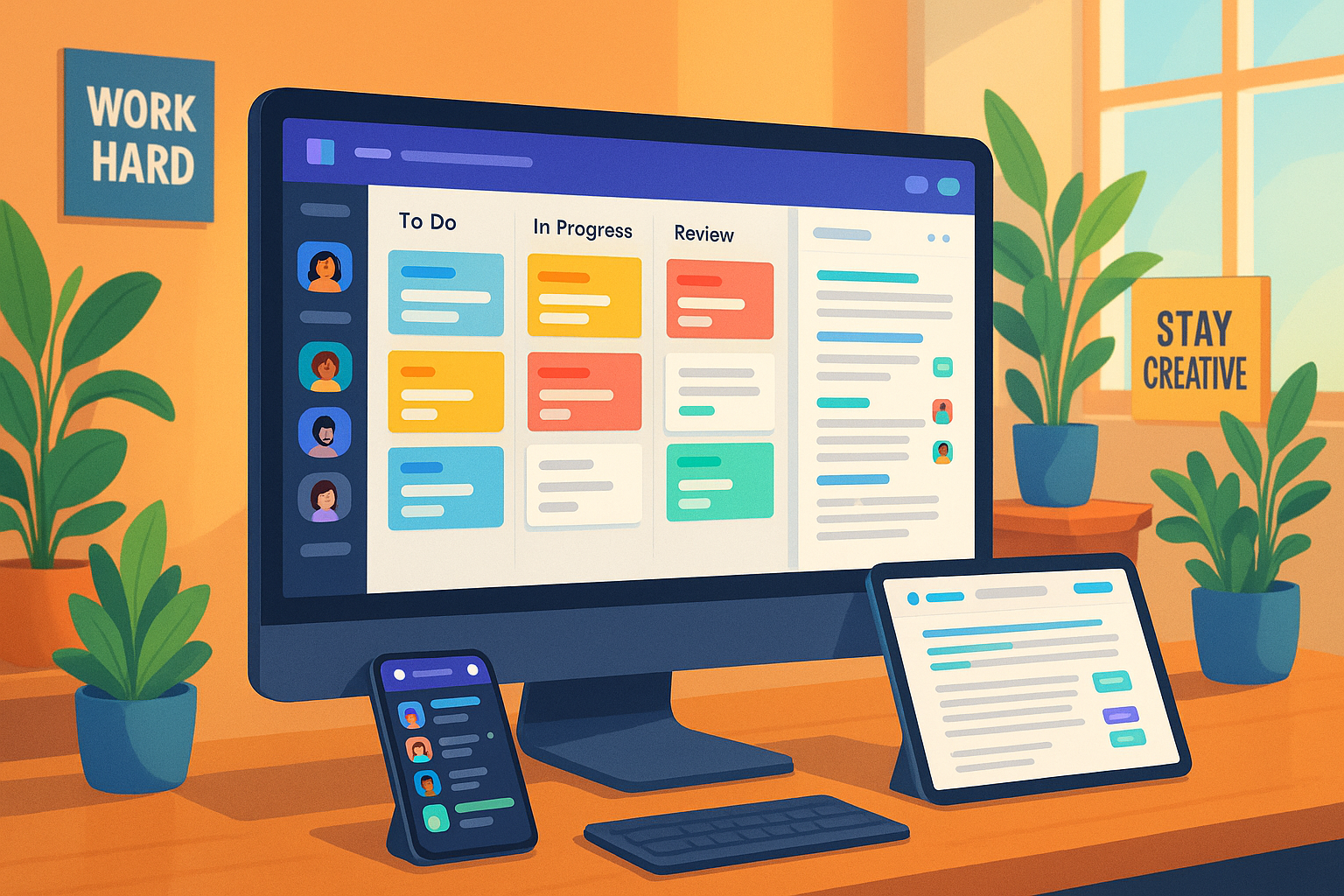However, a CRM integration has the potential to help out more than just your sales team. It can be a powerful tool, gathering and providing relevant customer data to every team member who needs it. From marketing to accounting, everyone can benefit from customer data.
It’s easy for team members to lose sight of the bigger picture and become siloed in their departments. Marketing data stays in the marketing department; sales data remains in the sales team, and so on. This is understandable, but it can impact customer experience, customer service, and ultimately your bottom line.
Remember, your customers don’t experience your company as separate departments – they experience your company as a single entity. Your company should operate as a fully integrated entity, with every department privy to all the relevant information about the customer. It would help if you integrated your CRM with as many processes and departments as possible to do this. This will ensure that customer information gained from (for example) sales, marketing, finance, email, social media, customer services, and more are stored and accessed in one central location.
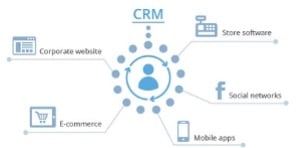
Integrating your CRM cuts down hugely on manual processing and makes vital data easy to find. This leads directly to better customer relationships. For example, an integrated CRM gives your customer service team fast access to detailed and relevant customer information. This reduces the average handle time of customer service, leading to quicker, more efficient, and more satisfying interactions.
In 2023 and beyond, CRM integration is a must. Here’s what you should be thinking about if you want to get the very best out of your CRM in the years to come:
Integrate everything
If people aren’t integrating it now, they will be soon. Get ahead of the curve by plugging everything into your CRM directly.
There are challenges to this, we know. For example, things like switching your landline comms to a VoIP business phone system can be a great help when integrating your CRM, as it transfers phone call data directly to the platform without the need for manual input. However, the long-term gains this kind of integration brings can disrupt in the short term.
In 2023, take a risk, and integrate everything. It’s worth the short-term losses. If it’s not feasible to incorporate it now, make a plan to do so in the future.
You can integrate many things with your CRM, and new integrations come up all the time. Popular integrations include:
- Email: integrating your email with your CRM brings significant benefits for email marketing. For example, an integrated CRM can automatically fill list fields with content personal to the customer when using dynamic email content. Depending on the quality of your CRM data, this can get very detailed indeed – in this example from Nordstrom, the email content changes according to the weather in the customer’s location:

- E-commerce: processing orders and sending data directly through your CRM saves a considerable amount of time for your sales team. It can also improve efficiency and customer satisfaction.
- Call center: if you have a service team handling customer calls, an integrated CRM can quickly raise your call center service level. Rather than having to jump between platforms or contact different departments to bring up relevant customer information, your call center staff will have everything they need to know at their fingertips.
- Calendar: calendar integration helps to cut scheduling confusion. It lets everyone see the best times for things like client appointments, meetings, and so on at a glance. This enables professionals to plan their days without hopping between platforms quickly.
- Social media: again, CRM integration helps enormously with targeting and personalization. It can also give you more comprehensive insights into how your customers react and respond to your posts. Plus, it will enable you to schedule and publish all content from one tool, saving an enormous amount of time.
- Marketing automation: when marketing tools and customer data interact, everyone benefits. CRM integration will make your marketing automation smarter, more targeted, and generally more effective.
- Website: adding web traffic data to your CRM can bring actionable insights into the kind of web experience your customers want. This enables you to tailor your website to your customers’ needs, resulting in higher quality traffic. Your Google Analytics exit rate will quickly show your customers staying longer on your site, and your conversion and engagement rates will continue both rises.
- Team comms: integrating internal comms with your CRM cuts down on platform-hopping (for example, jumping from apps like Slack to email and back) and makes sure that all relevant data is easily and quickly accessible.
This is far from an exhaustive list of integrations. It’s possible to sync and integrate hundreds of tools, platforms, and services. Don’t be afraid to explore the possibilities.
Consider customer self-service
It’s essential to have a human team on hand to help out – but customers also like to solve their problems if possible.
Customers don’t always want the hassle of phoning your help desk or waiting for a team member to do something they could do themselves. They may also not have the time to make a phone call during your service hours, or they may prefer the do-it-yourself approach – whatever the reason, customers love having the option to serve themselves.
This is why customer self-service (CSS) CRM integrations are swiftly becoming very popular. Integrating CSS can give customers the ability to do some basic things – setting up or altering accounts, for example, or paying bills. The integration allows customers to solve their problems in their own time and terms. Further, it will potentially save your customer service teams a lot of time!
Change your CRM if you have to
If you are reading through this and shaking your head and thinking, “this simply isn’t possible with my CRM,” it’s probably time to change your CRM.
There are plenty of CRM options out there, many of them entirely set up for all the integrations you need. The kind of CRM that works best for you depends a lot on the nature of your business, but as a general guide, here’s what you should be looking for:
- Heavy traffic capability: an integrated CRM will constantly have data pouring into it from multiple sources by design. You need a platform that can cope with your level of traffic. You don’t need to worry if your CRM has a good EDI (electronic data interchange). Look for EDI in the small print.
- Mobile access: a fully integrated CRM will be a powerful tool in and out of the office. Your team needs to access it whenever and wherever they are. So, mobile access is a must.
- Team-wide scope: the data on your CRM should be accessible to everyone who needs it – it shouldn’t be limited to your sales team. Look for team-wide communication capabilities so that members of, for example, the sales team can quickly tag in other teams (marketing, for example) when needed.
- Automated syncing: inputting data manually is both tedious and a considerable time-drain. Make sure that your integrations can sync to your CRM automatically. A good data migration tool can help a lot with this.
- Detailed and customizable reporting: You need robust analytics to get valuable insights from your CRM. Ideally, you want to be able to drill down into the minute detail – so look for a CRM that allows you to customize reporting to your needs.
- Good support: the best CRMs have teams of support workers available to help out whenever needed, often for free. This kind of support can be invaluable, so be sure to check for it when scoping out CRMs.
Make 2023 the year you take your CRM to the next level
Your CRM has the potential to be a game-changing tool. It can boost your automation, give you valuable customer insights, streamline your workflows, improve customer service, optimize your website, raise your conversion rate, and much more! To achieve this potential, make 2023 the year you fully integrate your CRM. If you’re starting on your CRM journey, be sure to follow best practices when implementing. Set yourself up for success by building integration (and the capacity to integrate further).
Think about adding customer self-service options, too. You’d be surprised at how many customers prefer to do things for themselves. But do keep a team on hand for those customers who like a helping hand. If you have to change your CRM to achieve all this, go for it. There’s no point in limiting yourself simply because your tech tools aren’t up to scratch.
So, take the time to give your CRM a boost this year. Your future profits will thank you!
About the Guest Blogger:
